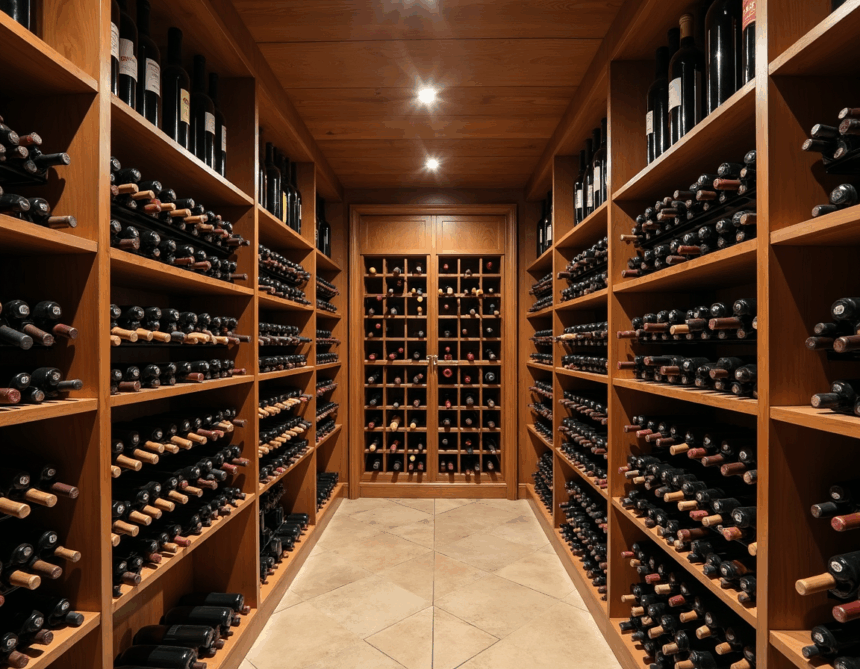Hungary, a hidden gem in the European wine landscape, offers an enchanting journey for those willing to venture beyond the familiar.
Hungarian wineries have experienced a vibrant resurgence since the fall of communism. Today, ancient traditions are being revitalized, and modern techniques are employed to craft wines that are distinctively Hungarian yet appeal to contemporary palates.
A Geographic Kaleidoscope: Hungary’s Diverse Wine Regions
Hungary’s diverse topography, from the volcanic slopes of Tokaj and Somló to the sun-drenched plains of the Great Plain, creates a mosaic of microclimates and soil types. This geological diversity is reflected in the wide array of wines produced across its regions.
Tokaj: Where Noble Rot Reigns (and Dry Furmint Shines) The undisputed crown jewel, Tokaj, a UNESCO World Heritage site in Upper Hungary, is globally renowned for its extraordinary sweet wines. The unique interplay of volcanic soils and the mists from the Bodrog and Tisza rivers fosters the development of Botrytis cinerea, or noble rot, concentrating sugars and flavors in the Furmint and Hárslevelű grapes. The resulting Tokaji Aszú is a complex elixir, boasting notes of dried apricot, honey, and exotic spices. However, the region is also rapidly gaining recognition for its dry Furmint, which, unhindered by noble rot, showcases intense minerality, vibrant acidity, and a versatile character that can range from crisp and citrusy to rich and full-bodied, akin to a fine Chardonnay.
Eger: The Legendary “Bull’s Blood” and Beyond Further west in Upper Hungary lies Eger, a historic region synonymous with Egri Bikavér, or “Bull’s Blood.” This full-bodied red blend, historically dominated by the Kékfrankos grape, often includes Kadarka, Cabernet Sauvignon, and Merlot. Its name evokes tales of 16th-century sieges, where Hungarian defenders reportedly gained strength from this potent brew. While traditionally rustic, modern Egri Bikavérs are increasingly refined, offering spicy red fruit notes and a firm structure. Eger also produces delightful white wines, including the aromatic Egri Csillag (Star of Eger) blend, and the elegant, floral Debrői Hárslevelű.
Villány: The Southern Red Wine Heartbeat Venturing south, the Villány region enjoys a warmer, sub-Mediterranean climate, making it ideal for robust red wines. Often compared to Bordeaux, Villány excels in cultivating international varieties like Cabernet Franc, Cabernet Sauvignon, and Merlot. The “Villányi Franc” designation highlights the region’s commitment to producing world-class Cabernet Franc, characterized by its deep color, dark fruit flavors, and impressive aging potential. Portugieser, a softer, fruitier red, also thrives here, offering a more approachable style.
Lake Balaton: White Wines by the Water The picturesque region surrounding Lake Balaton is a haven for refreshing white wines. Volcanic soils, particularly in areas like Badacsony and Somló, impart distinct mineral characteristics. Olaszrizling (Welschriesling) is the most widely planted white grape, yielding crisp wines with notes of almond and green apple. Somló, Hungary’s smallest wine region, is home to the rare and intensely mineral Juhfark, a white grape renowned for its age-worthiness and unique savory profile, often described as “volcanic” due to its basalt-rich terroir.
Szekszárd: Elegance in Red Located close to Villány, Szekszárd is another significant red wine region, known for producing more elegant and spicier red blends. Kékfrankos and the delicate, aromatic Kadarka are key to Szekszárd’s distinct style, offering vibrant acidity and nuanced red berry flavors. The region also produces “Siller,” a unique, deep rosé that bridges the gap between rosé and light red wine, perfect for versatile food pairings.
The Hungarian Wine Experience: More Than Just a Drink
A Hungarian wine tasting is an opportunity to delve into the country’s rich cultural heritage. Many wineries, from small family-owned vineyards to larger estates, offer intimate cellar tours and guided tastings. These experiences often include insights into the winemaking process, the history of the region, and thoughtful pairings with local gastronomic delights such as cured meats, cheeses, and traditional Hungarian dishes. The emphasis is on connecting with the passionate individuals who are dedicated to showcasing Hungary’s unique viticultural identity.
Beyond formal tastings, Hungarian wine culture is woven into daily life. The popular “Fröccs” – a wine spritzer – is a ubiquitous sight in summer, offering a refreshing way to enjoy local vintages. Budapest, as the capital, serves as an excellent gateway to Hungarian wine, with numerous wine bars, specialized shops, and restaurants that feature extensive lists of Hungarian wines, often with knowledgeable sommeliers eager to guide you through the diverse offerings.
While Hungary may still be somewhat of a “hidden secret” in the global wine market, its commitment to quality, its distinctive indigenous varieties, and its captivating winemaking traditions are steadily gaining international recognition. Embarking on a Hungarian wine tasting journey is not just a delightful culinary experience; it’s an immersion into a vibrant and evolving wine scene that promises to surprise and delight even the most seasoned wine connoisseur.
